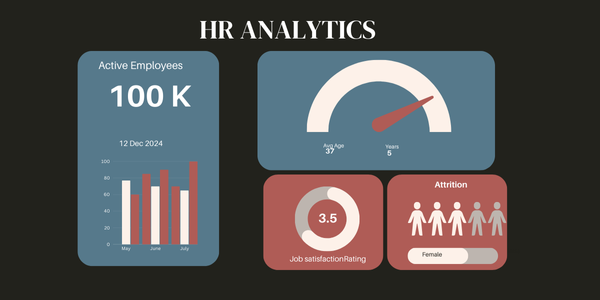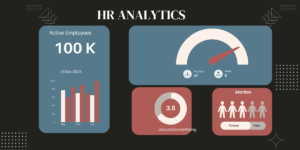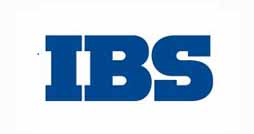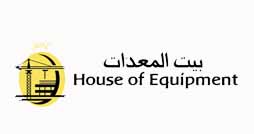
Introduction to HR Analytics
What is HR Analytics?
HR Analytics, also known as People Analytics, involves leveraging data to make informed decisions about an organization’s workforce. It encompasses the collection, analysis, and interpretation of employee data to improve organizational outcomes. All the concepts can be understood by taking HR Analytics Training Program
Importance of HR Analytics in Modern Organizations
In today’s data-driven world, organizations thrive on insights. HR Analytics bridges the gap between raw data and actionable strategies, enabling HR teams to optimize recruitment, retention, and overall performance.
Key Components of HR Analytics
Workforce Planning and Analytics
This involves forecasting staffing needs, managing workforce gaps, and ensuring alignment with organizational goals.
Recruitment and Retention Metrics
Understanding turnover rates, hiring efficiency, and candidate quality helps HR professionals refine their talent acquisition strategies.
Performance Management Analytics
Analyzing employee performance data ensures that appraisal systems are fair, transparent, and aligned with business objectives.
Learning and Development Analytics
This component focuses on evaluating the effectiveness of training programs and identifying skill gaps within the workforce.
Diversity and Inclusion Analytics
Tracking diversity metrics allows organizations to foster an inclusive workplace and address disparities proactively.
Benefits of an HR Analytics Training Program
Improved Decision-Making
Data-backed insights empower HR teams to make strategic decisions with greater confidence.
Enhanced Employee Experience
By understanding employee needs through analytics, companies can create more engaging and supportive work environments.
Strategic Workforce Management
Anticipating workforce trends ensures readiness for future challenges, enhancing operational efficiency.

Core Skills Covered in HR Analytics Training
Data Interpretation and Analysis
Participants learn how to derive meaningful insights from complex datasets.
Dashboards and Data Visualization
Creating visual representations of data aids in simplifying complex information for stakeholders.
Predictive Analytics in HR
By forecasting trends like attrition or workforce growth, organizations can stay ahead in their strategic planning through learning from HR Analytics Training Program.
Designing an Effective HR Analytics Training Program
Identifying Organizational Needs
Understanding specific organizational challenges ensures the training is relevant and impactful.Visit the this website for several solutions
Choosing the Right Tools and Platforms
Selecting platforms that integrate with existing systems ensures seamless adoption.
Setting Learning Objectives
Clear goals help measure the program’s success and align with organizational priorities.
Tools and Technologies for HR Analytics
HRIS (Human Resource Information Systems)
These systems streamline data collection and enable comprehensive analytics.
Data Analytics Tools
Tools like Excel, Python, or R are commonly used for advanced analytics.
Visualization Software
Applications like Power BI and Tableau transform raw data into interactive dashboards. Several other tools would the part of HR Analtyics Training Program
How to Implement HR Analytics in the Workplace
Gaining Stakeholder Buy-In
Highlighting the ROI of analytics ensures management support for the initiative.
Training the HR Team
Equipping the team with necessary skills is crucial for effective implementation.
Monitoring and Measuring Impact
Regularly evaluating outcomes ensures continuous improvement.
Challenges in Adopting HR Analytics
Data Privacy and Security
Protecting sensitive employee data is a major concern for organizations.
Lack of Technical Expertise
Bridging the skill gap through training is essential for successful adoption.
Resistance to Change
Encouraging a culture of innovation helps mitigate resistance and ensures smoother implementation. The HR analytics Training Program is beneficial in many ways.
Conclusion
HR Analytics has transformed the way organizations manage their workforce. A comprehensive training program equips HR professionals with the skills needed to harness the power of data. As organizations increasingly rely on analytics, investing in HR Analytics training program is not just beneficial—it’s essential.
FAQs
1. What is the duration of a typical HR Analytics Training Program?
Most programs range from 4 to 12 weeks, depending on the depth of the curriculum.
2. Do I need prior technical knowledge to join the HR analtyics Training Program?
Basic knowledge of HR processes is sufficient; technical skills are often covered during training.
3. What industries benefit the most from HR Analytics?
Industries like tech, healthcare, and finance see significant benefits, but all sectors can leverage HR Analytics.
4. What certifications are available in HR Analytics?
Certifications like SHRM-SCP, HCI Analytics for Talent, and People Analytics by Coursera are popular.
5. How do I convince my organization to invest in this training?
Presenting case studies, showcasing ROI, and emphasizing strategic advantages can help gain buy-in.































